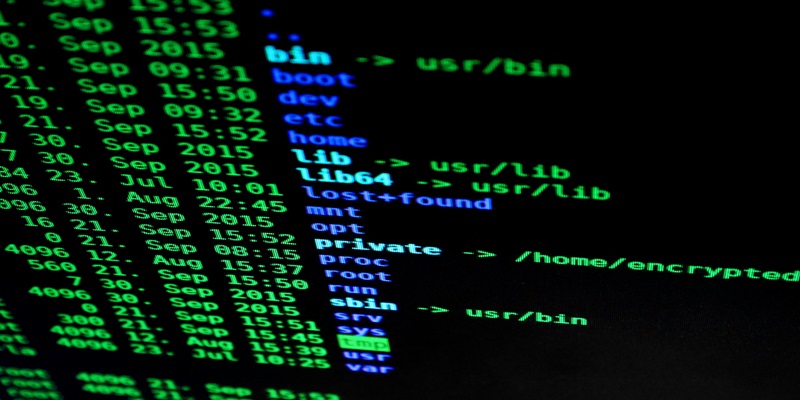Future of 5G Technology: Enhancing Cybersecurity in a Connected World

As we evolve into an era controlled by 5G technology, the advantages are clear. This fifth generation of mobile networks promises faster speeds, lower latency, and the capacity to connect a vast number of devices simultaneously. However, with these advancements comes a growing concern: cybersecurity. As our world becomes more connected, the potential for cyber threats increases. This article explores how 5G technology can enhance cybersecurity in a connected world, highlighting the challenges and potential solutions.
Understanding 5G Technology:
To understand the cybersecurity implications of 5G, it’s essential to grasp its core features. 5G offers:
Ultra-Fast Speeds:
Up to 100 times faster than 4G.
Low Latency:
Reduced delay in data transmission.
High Capacity:
Ability to connect many devices simultaneously.
Improved Reliability:
More stable connections.
These features will enable the proliferation of the Internet of Things (IoT), smart cities, and other connected technologies. However, they also create new vulnerabilities that need to be addressed.
Increased Attack Surface:
The increase in connected devices expands the potential attack surface for cybercriminals. Each connected device, whether it’s a smartphone, a smart home appliance, or an industrial sensor, represents a potential entry point for cyberattacks. With billions of devices expected to be connected via 5G, ensuring the security of each device becomes a monumental task. Consequently, cybersecurity measures must evolve to address this expanded attack surface.
Enhanced Encryption and Security Protocols:
5G technology introduces enhanced encryption and security protocols to protect data transmission. These include:
Improved Encryption Standards:
5G networks use stronger encryption algorithms to protect data. These algorithms make it more difficult for cybercriminals to intercept and decode communications. For example, 5G employs 256-bit encryption, which is significantly more secure than the 128-bit encryption used in 4G networks.
Network Slicing:
Network slicing allows for the creation of virtual networks within the 5G infrastructure. Each slice can be tailored for specific applications and users, with customized security measures. For instance, critical applications like healthcare and emergency services can have their own dedicated, highly secure network slices, minimizing the risk of cyberattacks.
Improved Authentication Methods:
With the rise of connected devices, traditional authentication methods like passwords are no longer sufficient. 5G technology supports advanced authentication methods, enhancing cybersecurity.
These include:
4.1 Multi-Factor Authentication (MFA):
MFA requires users to provide multiple forms of verification, such as a password, a fingerprint, or a one-time code sent to a mobile device. This added layer of security makes it more difficult for unauthorized users to gain access.
Biometric Authentication:
Biometric authentication uses unique physical characteristics, such as fingerprints, facial recognition, or voice recognition, to verify identity. These methods are more secure than passwords, as they are difficult to replicate or steal.
Securing IoT Devices:
The proliferation of IoT devices connected via 5G presents a significant cybersecurity challenge. These devices often have limited processing power and memory, making it difficult to implement traditional security measures. However, 5G technology offers solutions to enhance IoT security.
Device Authentication and Encryption:
Ensuring that IoT devices are authenticated and that their communications are encrypted is crucial. 5G networks support robust encryption standards and secure communication protocols, protecting data transmitted between devices.
Edge Computing:
Edge computing processes data closer to where it is generated, reducing the amount of data sent to central servers. This decentralization reduces the risk of cyberattacks on central data repositories and improves response times for security measures.
AI and Machine Learning in Cybersecurity:
Artificial intelligence (AI) and machine learning (ML) are becoming integral to cybersecurity in the 5G era. These technologies can analyze vast amounts of data in real time, identifying patterns and anomalies that may indicate a cyber threat.
Threat Detection and Prevention:
AI and ML can enhance threat detection by continuously monitoring network traffic and identifying suspicious activity. By learning from past incidents, these systems can predict and prevent future attacks, providing a proactive approach to cybersecurity.
Automated Response:
AI-powered systems can automate responses to cyber threats, reducing the time between detection and action. For example, if a threat is detected, the system can automatically isolate the affected device or network slice, preventing the spread of the attack.
Regulatory and Compliance Measures:
As 5G networks become more widespread, regulatory and compliance measures must evolve to address the new cybersecurity landscape. Governments and organizations must collaborate to establish robust standards and guidelines.
International Standards:
International standards, such as those developed by the International Telecommunication Union (ITU) and the 3rd Generation Partnership Project (3GPP), provide a framework for 5G security. These standards ensure that 5G networks are built with security in mind, protecting against known and emerging threats.
Data Privacy Regulations:
Data privacy regulations, such as the General Data Protection Regulation (GDPR) in Europe and the California Consumer Privacy Act (CCPA) in the United States, mandate strict data protection measures. Compliance with these regulations is essential for ensuring that personal data is secure in the 5G era.
Challenges and Considerations:
While 5G technology offers significant cybersecurity advancements, several challenges and considerations must be addressed.
Complexity and Interoperability:
The complexity of 5G networks and the diversity of connected devices pose interoperability challenges. Ensuring that security measures work seamlessly across different devices and networks is crucial for maintaining cybersecurity.
Cost and Resource Allocation:
Implementing robust cybersecurity measures can be costly and resource-intensive. Organizations must balance the need for security with budget constraints, prioritizing investments in areas with the highest risk and potential impact.
Education and Awareness:
Ensuring that users are educated about cybersecurity risks and best practices is essential. Organizations must invest in training and awareness programs to empower users to protect themselves and their data.
Conclusion:
Looking ahead, 5G technology assures to revolutionize our connected world, giving unprecedented speed, low latency, and wide range connectivity. However, as the number of connected devices and the volume of data grow, so do the cybersecurity challenges. By leveraging advanced encryption, improved authentication methods, AI and machine learning, and robust regulatory frameworks, 5G technology can enhance cybersecurity and protect against emerging threats. As we navigate this new era, collaboration between governments, organizations, and individuals will be essential to ensure a secure and connected future.





